In the vast and diverse world of canine companions, some breeds stand on the brink of disappearing, much like rare jewels fading into the annals of history. These endangered dog breeds, each with their unique heritage, characteristics, and roles within human societies, face the threat of extinction for reasons as varied as modern lifestyle changes, breed-specific health issues, and dwindling populations. Some were once revered for their skills in hunting, herding, or guarding, while others held a special place in the cultural and social fabric of their native lands. Today, the call to preserve these breeds is not just about maintaining biodiversity but also about cherishing living links to our past and understanding the role of selective breeding in shaping the modern dog. This article delves into the stories of eight such breeds, exploring the reasons behind their endangered status and the efforts being made to save them from the brink of oblivion.
1. Otterhound
The Otterhound, a breed with a lineage tracing back to medieval England, stands as a poignant symbol of how changes in laws and lifestyles can render a breed nearly obsolete. Originally bred for the now-outlawed practice of otter hunting, these large, shaggy dogs are distinguished by their keen sense of smell and strong swimming abilities. With otter hunting banned to protect otter populations, the Otterhound’s primary purpose vanished, leading to a drastic decline in their numbers. Today, they are one of the rarest dog breeds, with estimates suggesting fewer than 800 individuals worldwide. Efforts to preserve the breed focus on promoting their friendly, amiable nature as family pets, yet the challenge lies in increasing their numbers without compromising genetic diversity.

2. Skye Terrier
The Skye Terrier, hailing from the remote Scottish Isle of Skye, is another breed facing the threat of extinction. These long, low-to-the-ground terriers, known for their elegant coats and loyal disposition, were once fashionable pets among British nobility. However, changes in dog ownership trends and the rise of other terrier breeds have led to a decline in their popularity. Today, the Skye Terrier’s numbers are so low that they are considered at critical risk, with efforts to revive the breed hampered by their limited genetic pool and the public’s preference for more popular terrier breeds.
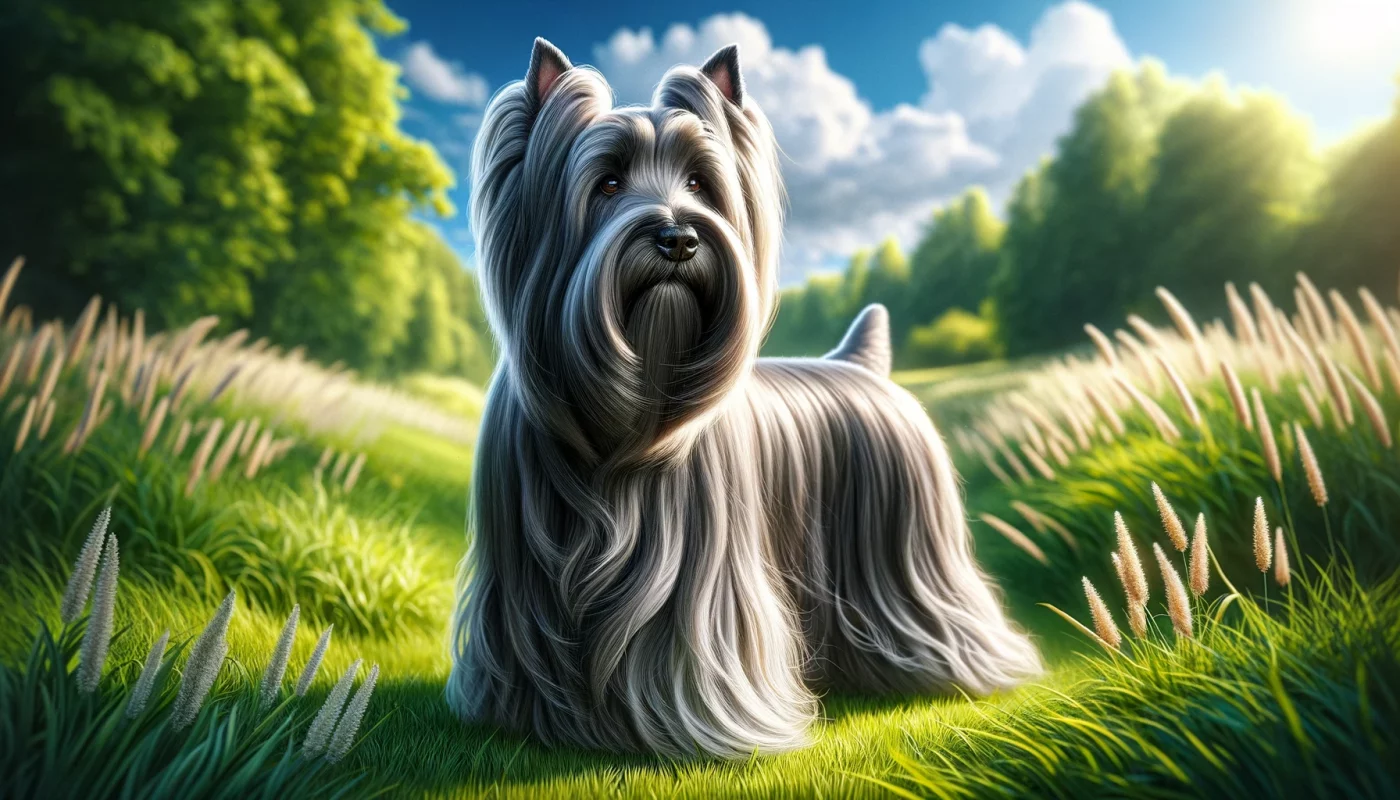
3. Dandie Dinmont Terrier
Distinct for its distinctive “top-knot” of hair on the head, the Dandie Dinmont Terrier is a small breed with a big personality. Originating from the border regions between Scotland and England, these terriers are named after a character in Sir Walter Scott’s novel “Guy Mannering.” Despite their historical popularity and unique appearance, Dandie Dinmonts have seen a significant decrease in numbers, attributed to their relative obscurity and the dominance of other small dog breeds in the pet market. Conservation efforts are focused on raising awareness of the breed and encouraging breeding programs that prioritize health and temperament.
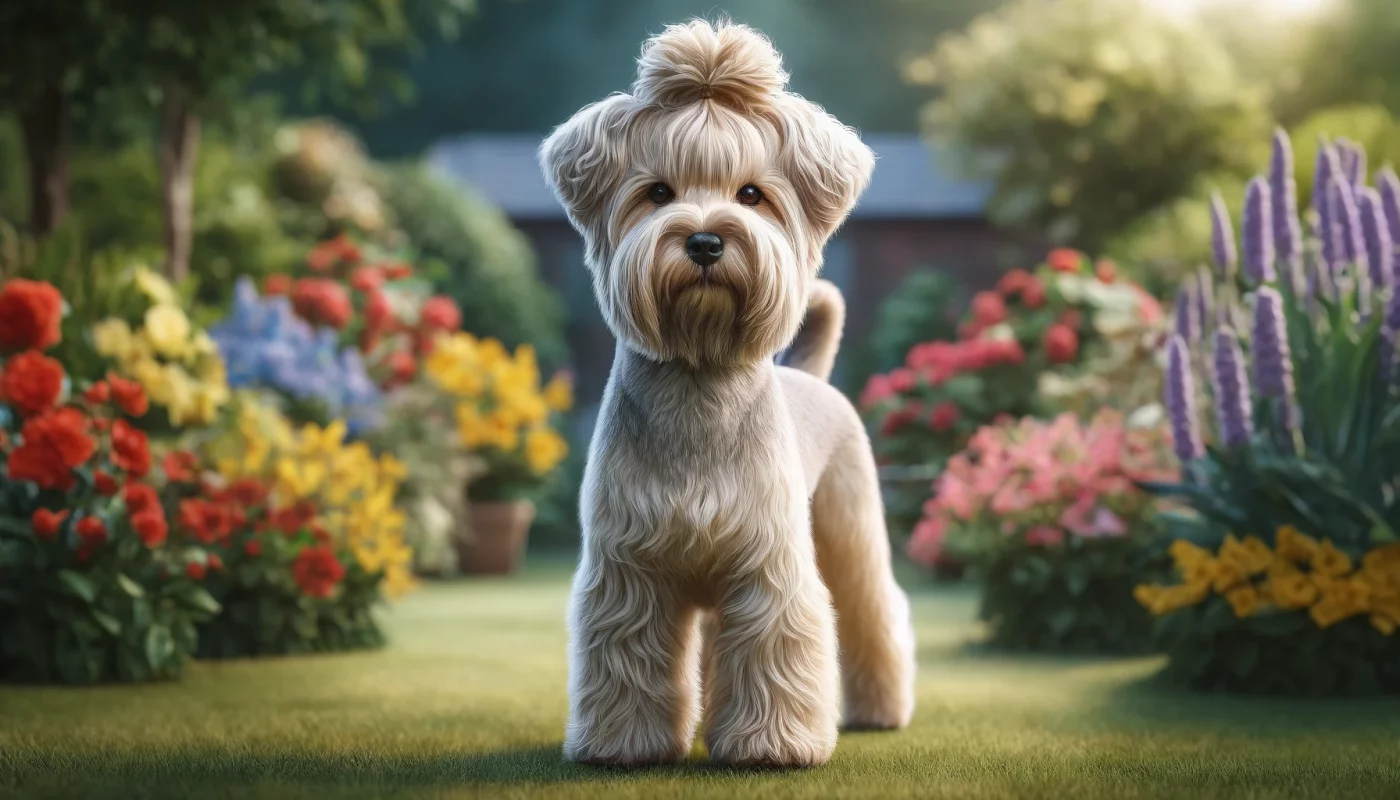
4. Norwegian Lundehund
The Norwegian Lundehund, with its unique ability to close its ears and extraordinary flexibility, was bred for hunting puffins along the harsh Norwegian coast. This breed’s specialized skills became less in demand with the advent of new hunting methods and the decline of puffin hunting, leading to a significant reduction in their numbers. Moreover, the Lundehund has a limited gene pool and is prone to a specific gastrointestinal disorder, further complicating efforts to increase their population. Preservation initiatives are centered around promoting their versatile nature as companions and working to address their health issues through careful breeding practices.
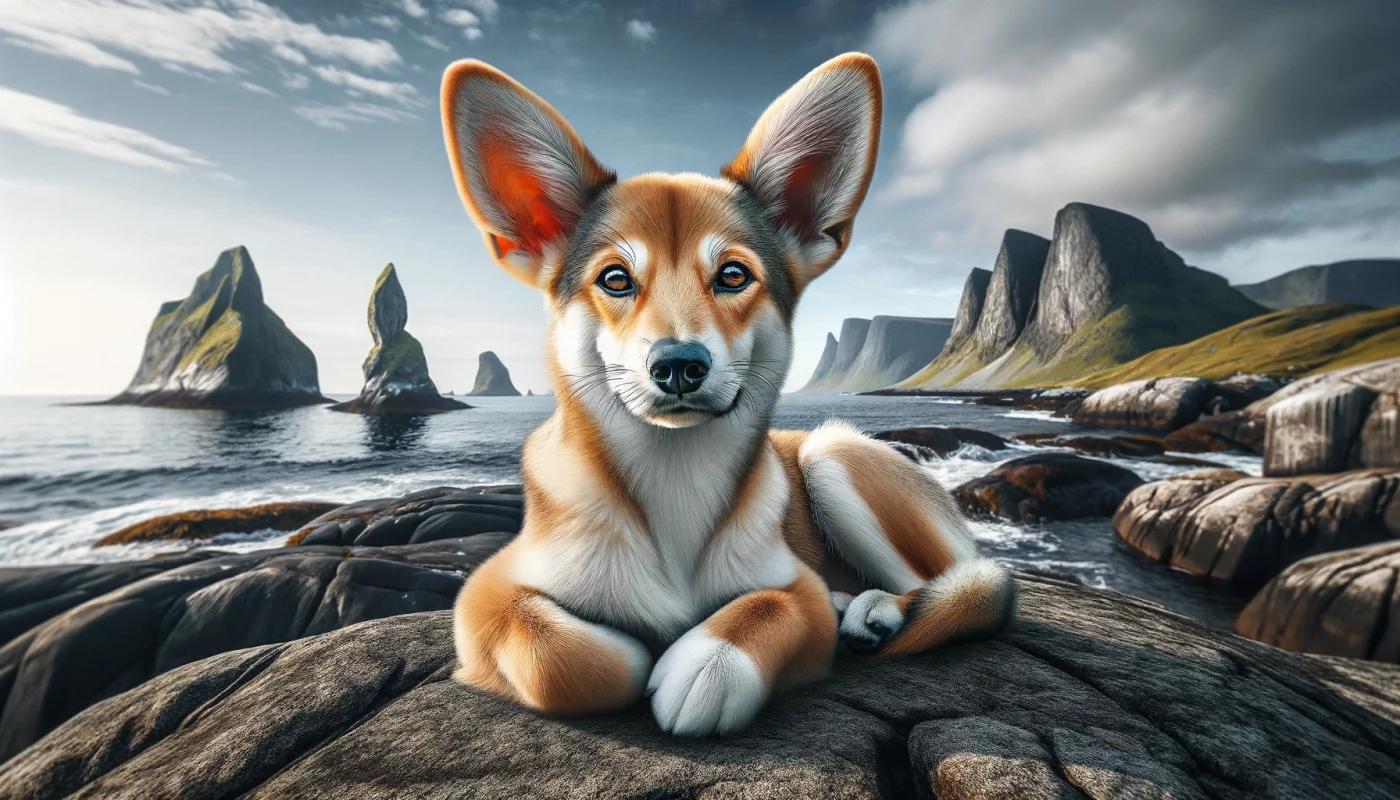
5. Sussex Spaniel
The Sussex Spaniel, a breed developed in England for hunting, is distinguished by its rich golden liver color and solid build. Despite its capabilities as a working dog and a companion, the Sussex Spaniel has struggled to maintain its population, with numbers dwindling due to shifting hunting practices and the popularity of other spaniel breeds. Efforts to conserve the Sussex Spaniel involve highlighting its gentle nature and suitability as a family pet, alongside implementing breeding programs aimed at enhancing genetic diversity and vitality.
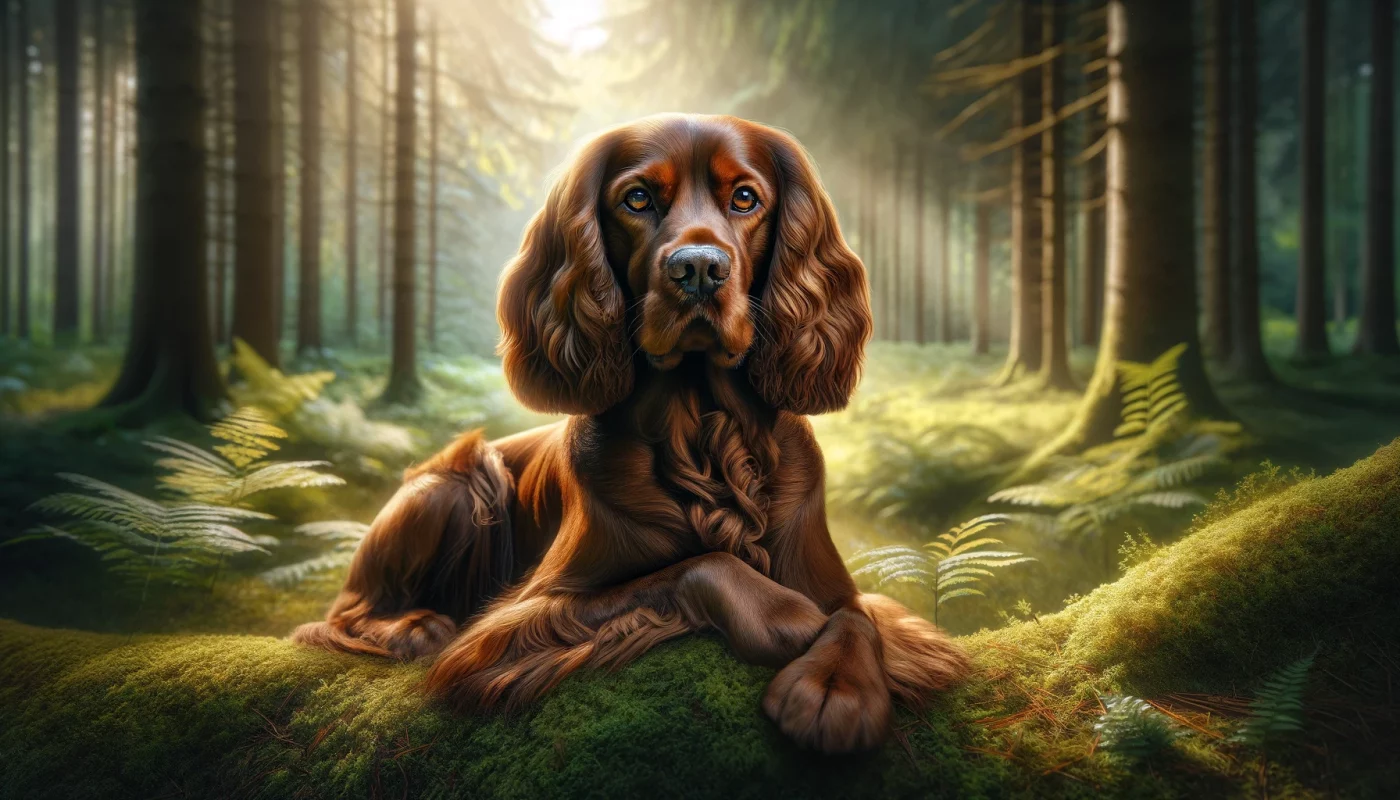
6. Smooth Collie
The Smooth Collie, a variant of the Collie breed, is known for its sleek coat and versatile abilities as a herding and companion animal. Despite sharing lineage with the more popular Rough Collie, the Smooth Collie has seen a decline in popularity, partly due to its less distinctive appearance and the changing needs of rural communities. Preservation efforts for the Smooth Collie include promoting its intelligence, loyalty, and ease of grooming as ideal qualities for pet owners, as well as encouraging breeders to maintain healthy, genetically diverse populations.

7. Kerry Blue Terrier
The Kerry Blue Terrier, originating from the County Kerry in Ireland, boasts a distinctive soft, blue-gray coat and a spirited personality. Initially bred for hunting and farm work, the Kerry Blue has faced challenges in maintaining its numbers due to the rise of other terrier breeds and a general decline in demand for working dogs. Efforts to preserve the Kerry Blue Terrier focus on showcasing its versatility as a family pet, sports competitor, and working dog, as well as encouraging responsible breeding practices to ensure the health and longevity of the breed.

8. Sealyham Terrier
The Sealyham Terrier, with its distinctive white coat and bold, affable character, was once a popular choice among celebrities and royalty. Originating in Wales, this breed was prized for its prowess in hunting small game. However, like many other terrier breeds, the Sealyham has seen a decline in numbers, attributed to changing trends in dog ownership and the popularity of more widely recognized breeds. Conservation efforts for the Sealyham Terrier are aimed at raising awareness of their playful nature and suitability as companions, in the hope of reviving interest in the breed.

The plight of these eight endangered dog breeds highlights the intricate relationship between humans and their canine companions. It underscores the importance of preserving not just the physical characteristics of these breeds, but also their history, heritage, and the diversity they bring to the canine world. By supporting conservation efforts, promoting responsible breeding, and choosing to adopt from lesser-known breeds, dog lovers can play a crucial role in ensuring that these unique breeds do not fade into history. The preservation of these breeds is not merely a matter of maintaining genetic diversity; it is a testament to the rich, shared history between humans and dogs, a bond that has been forged over thousands of years.

 1 month ago
36
1 month ago
36
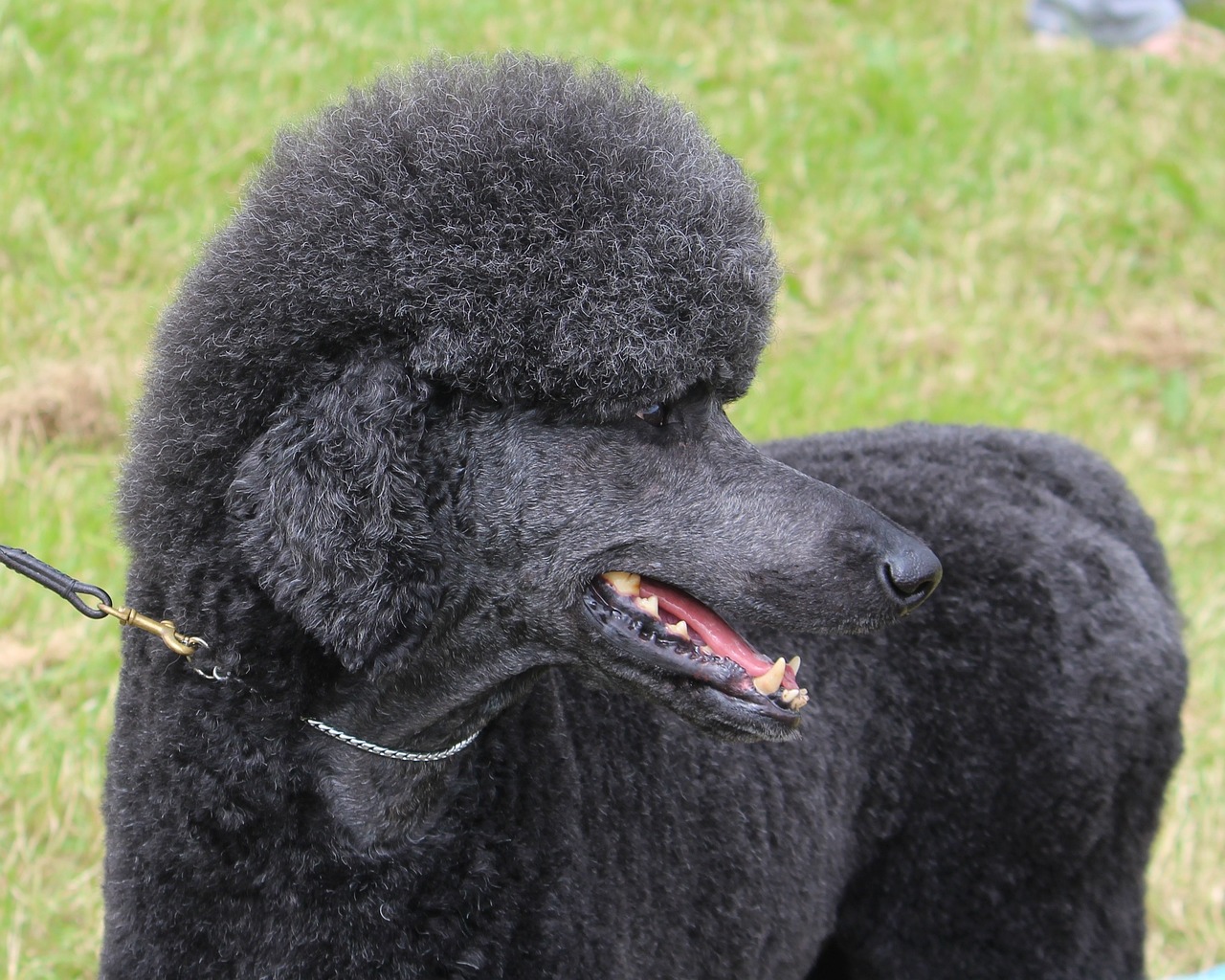

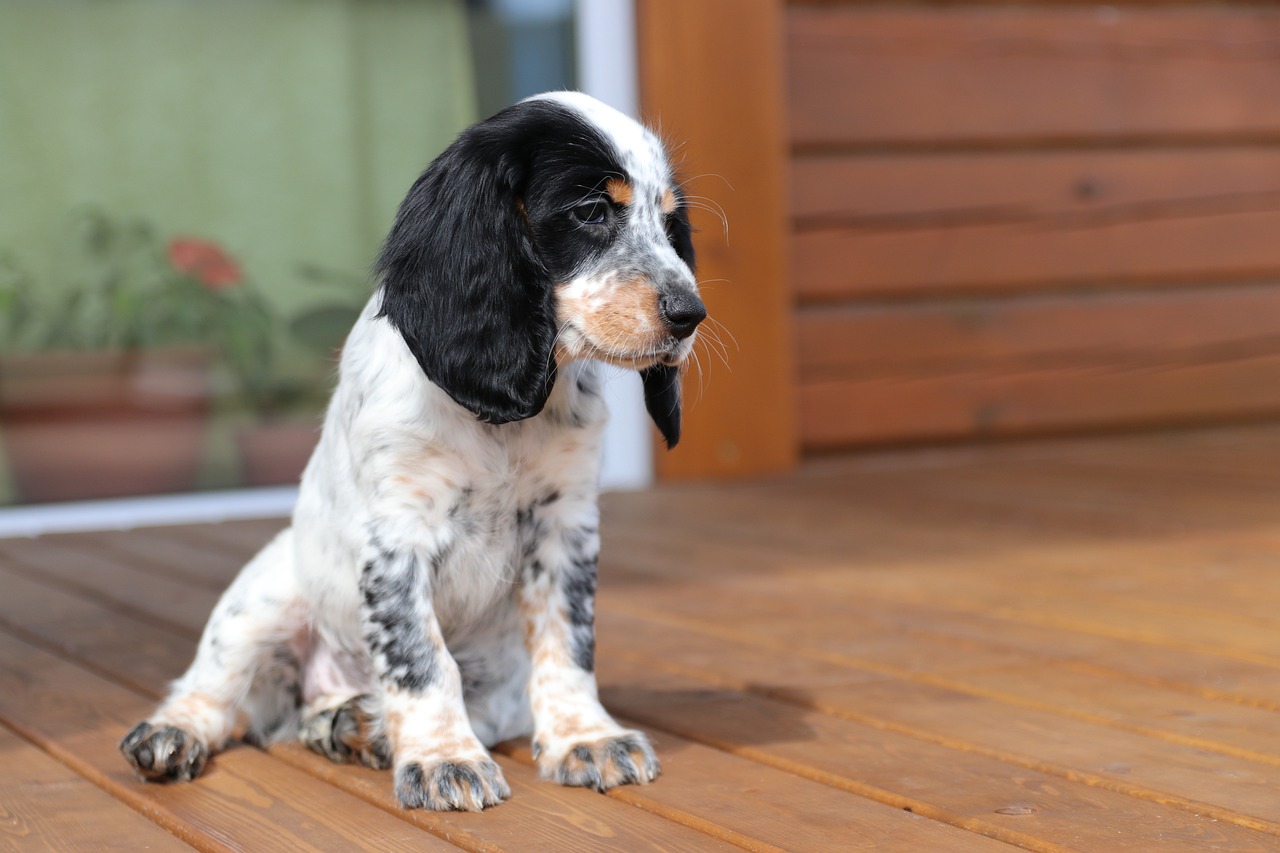

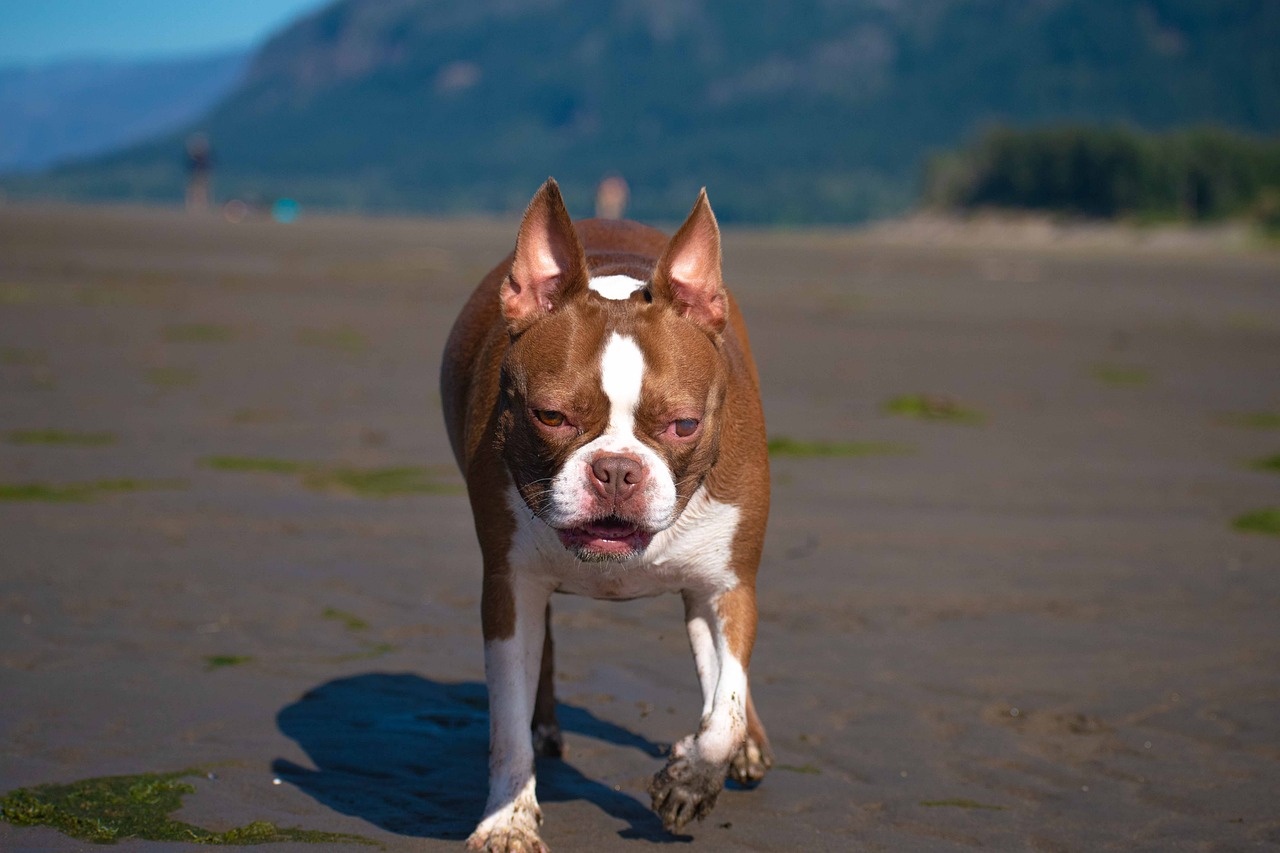
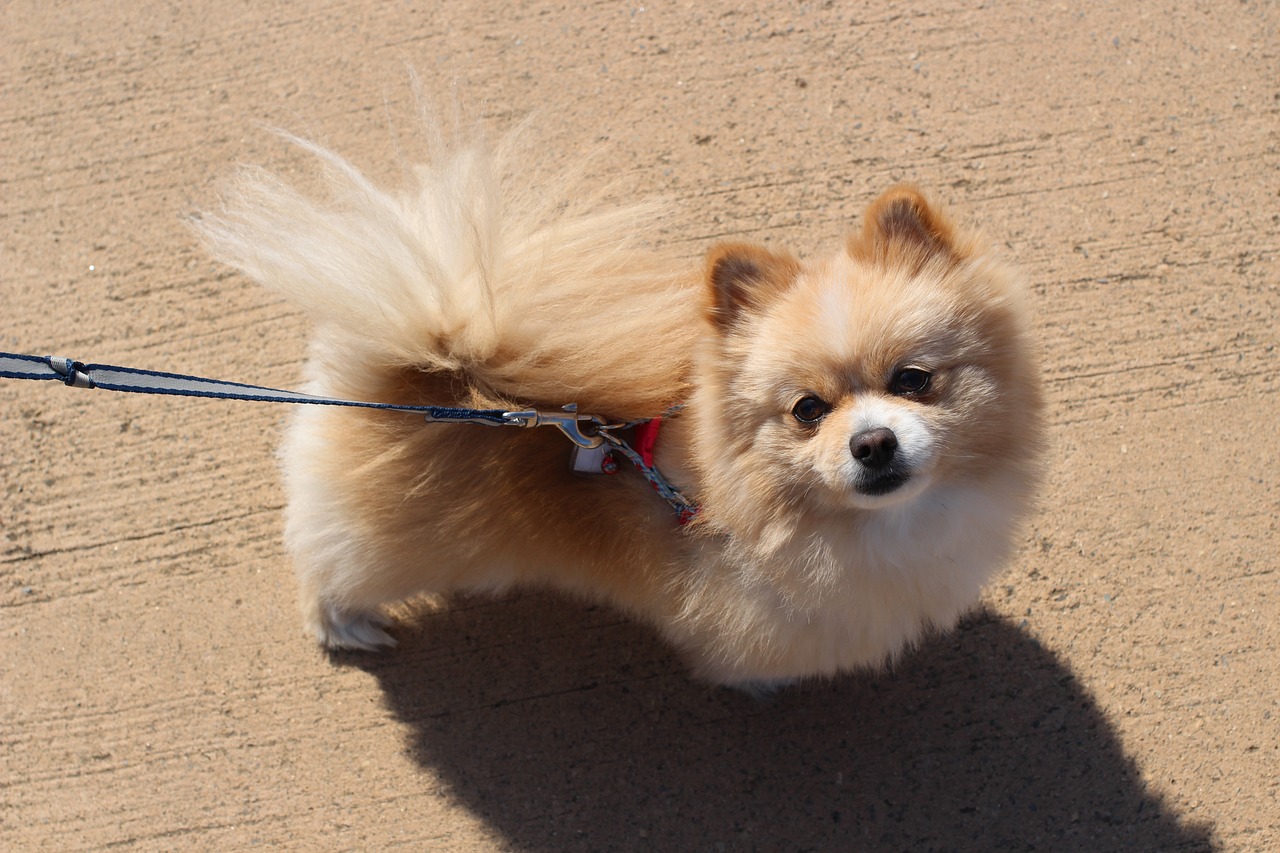

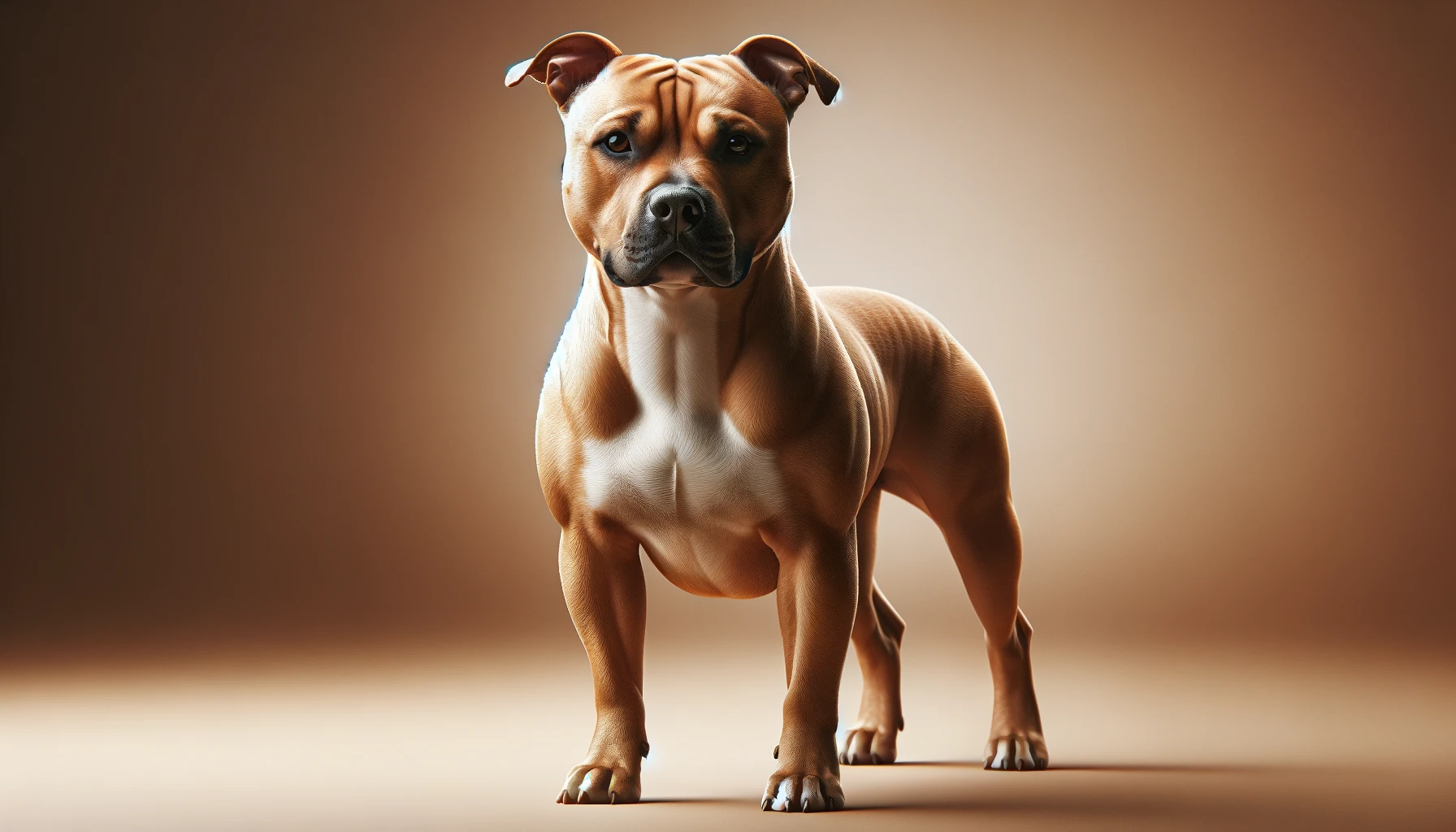

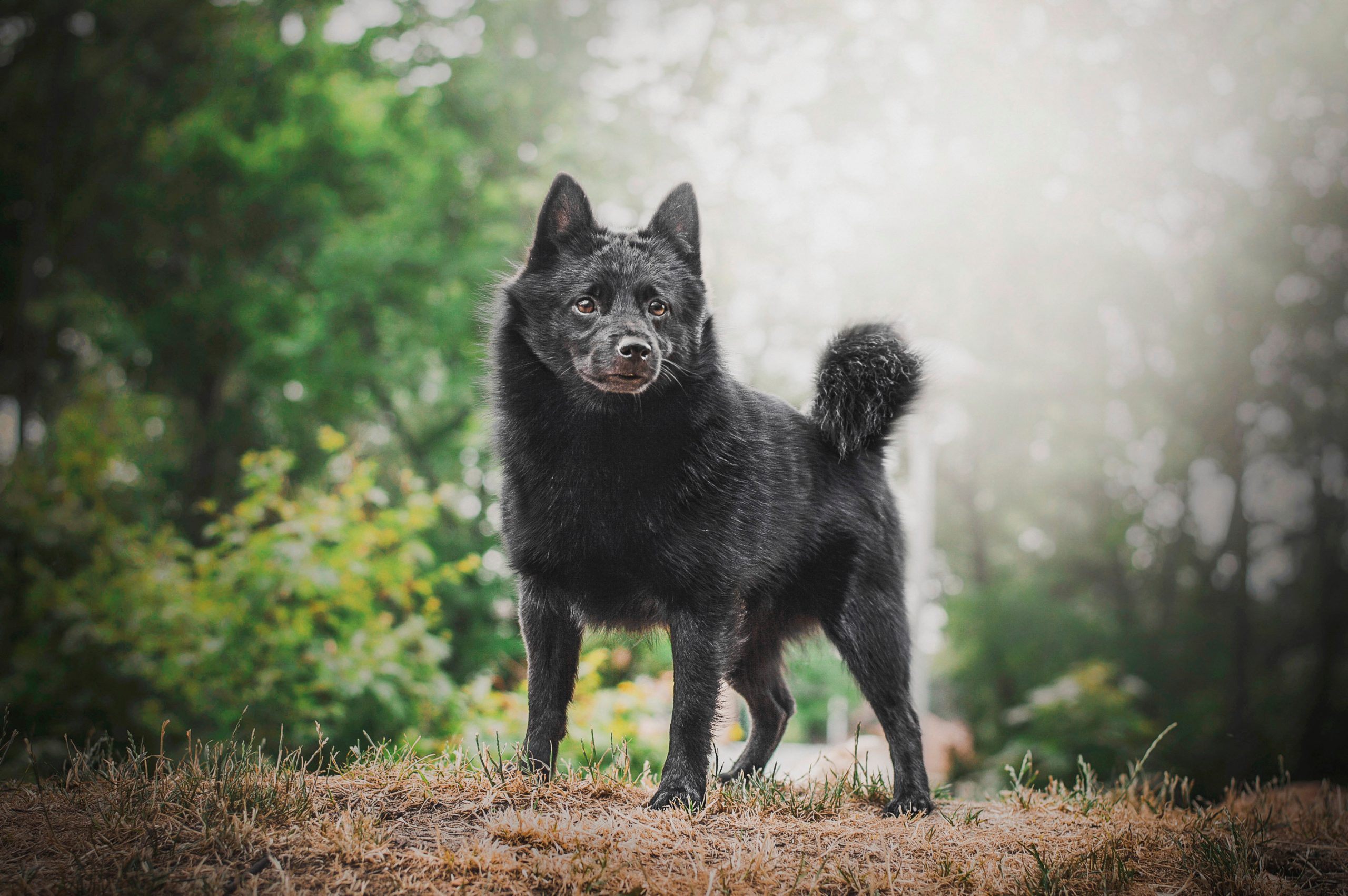

![Cost of a Borzoi Puppy by US Region [2024]](https://iheartdogs.com/wp-content/uploads/2024/04/borzoi-4950553_1280.jpg)
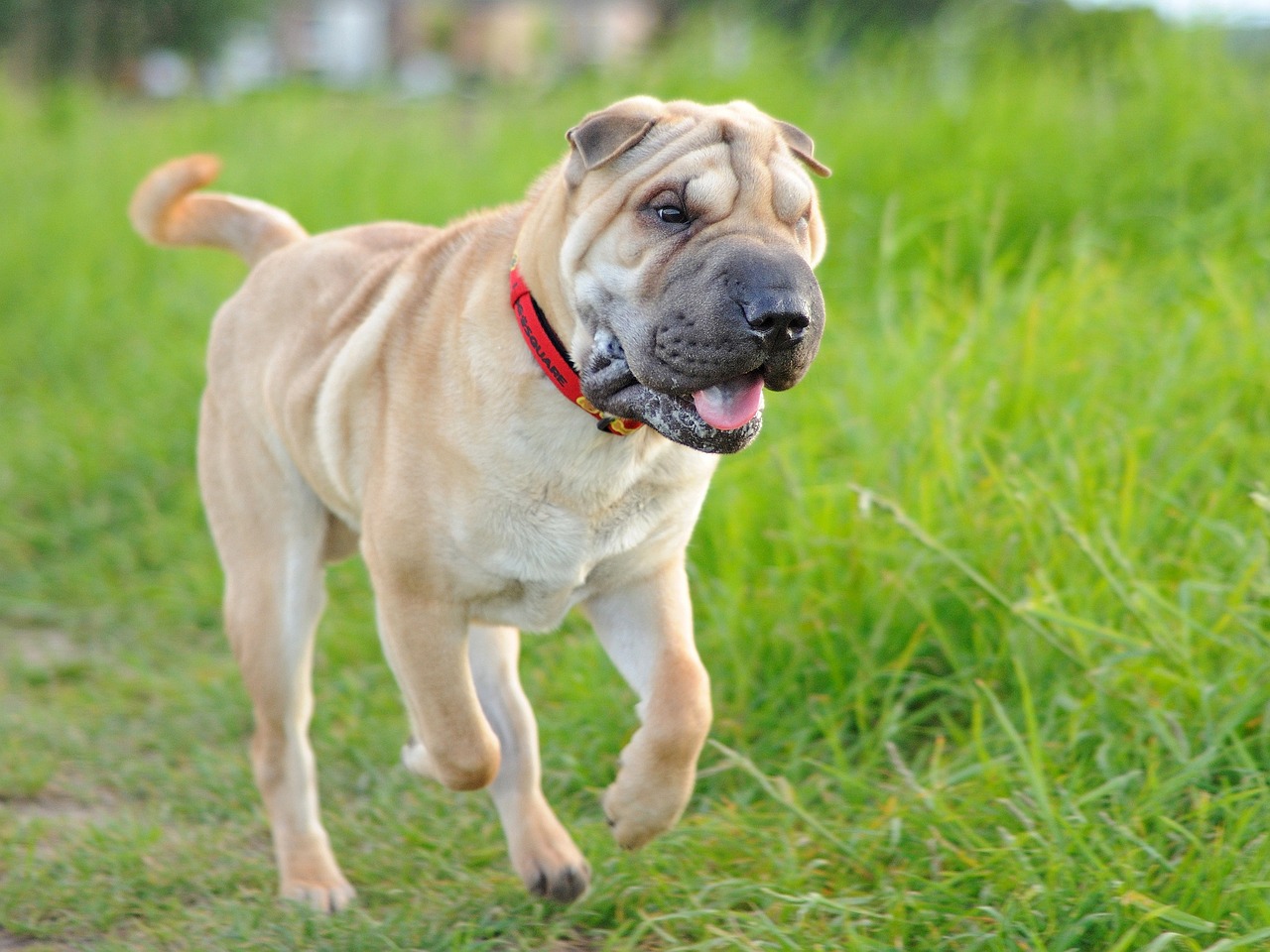

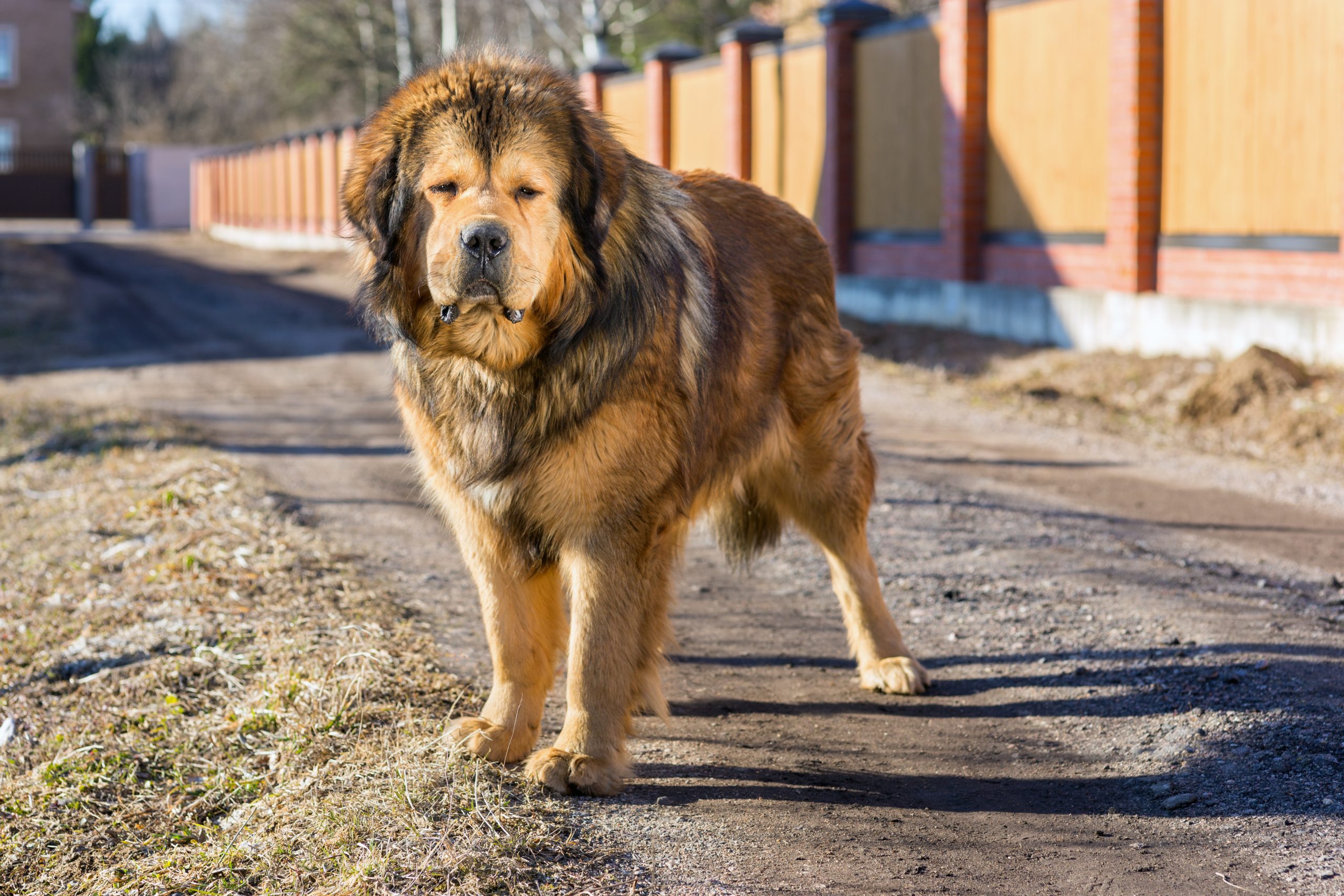
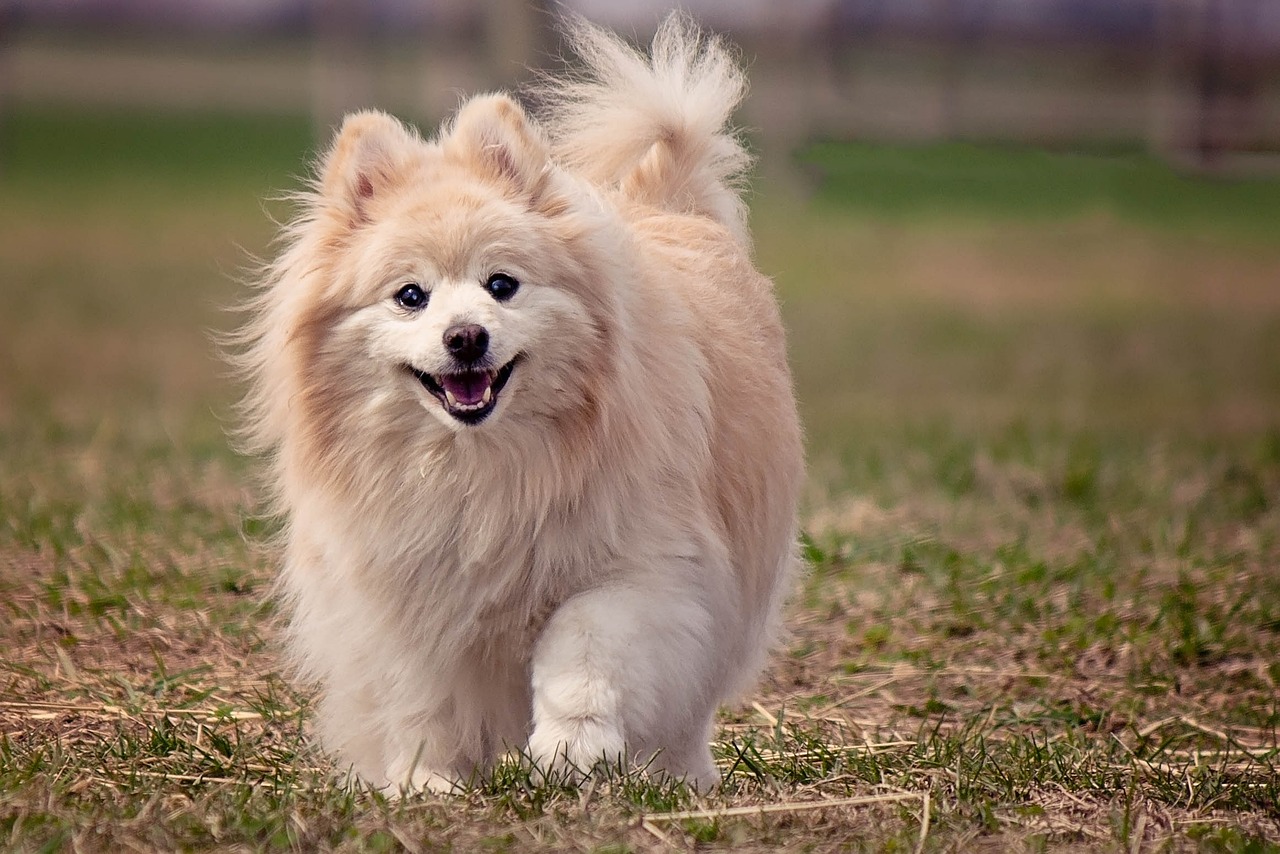

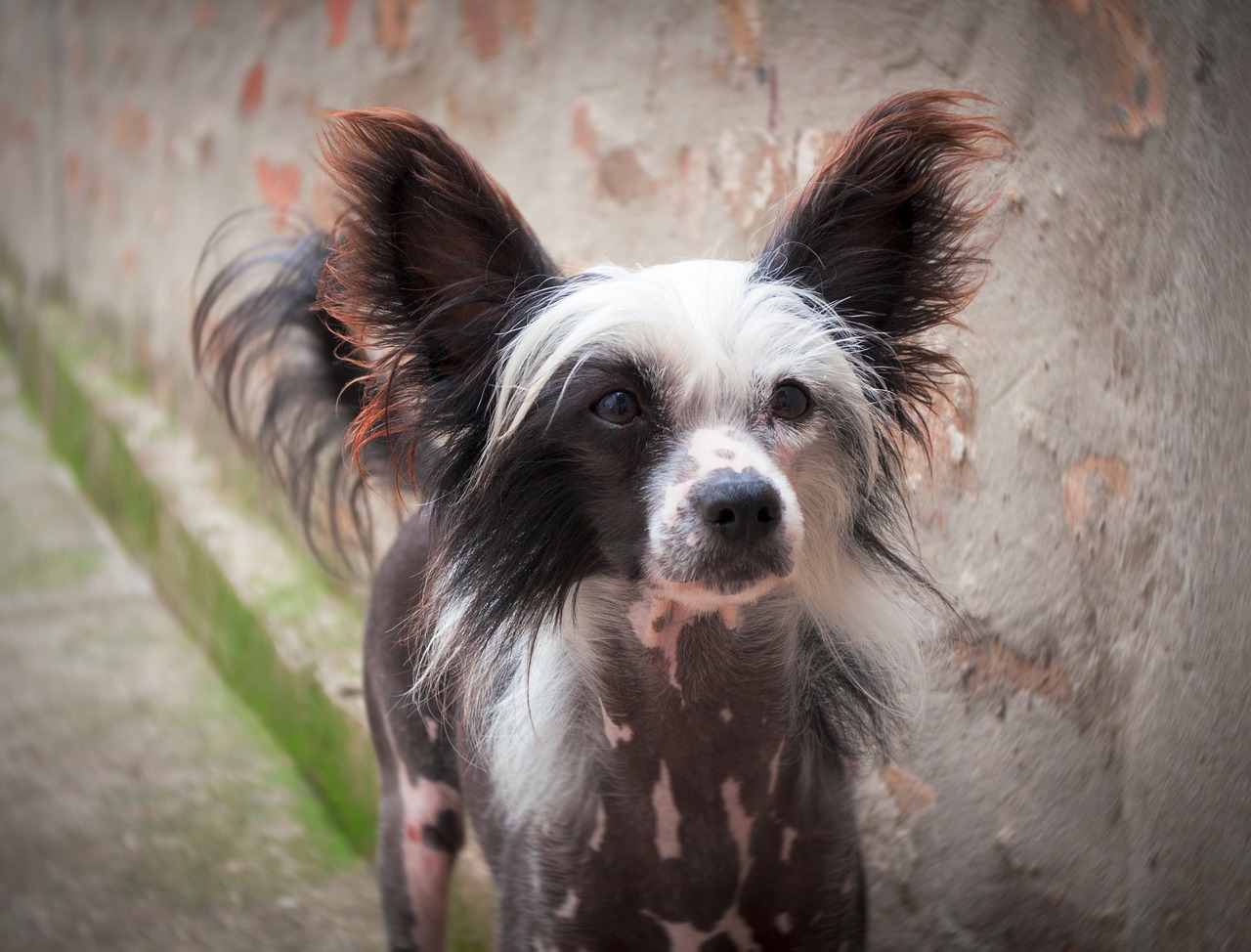
 English (US) ·
English (US) ·